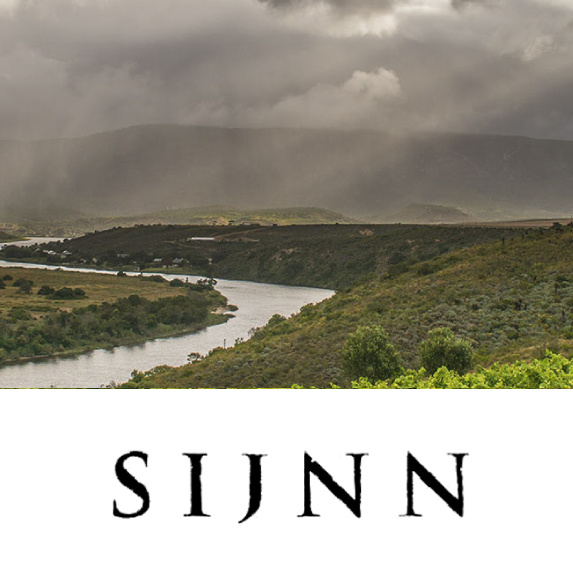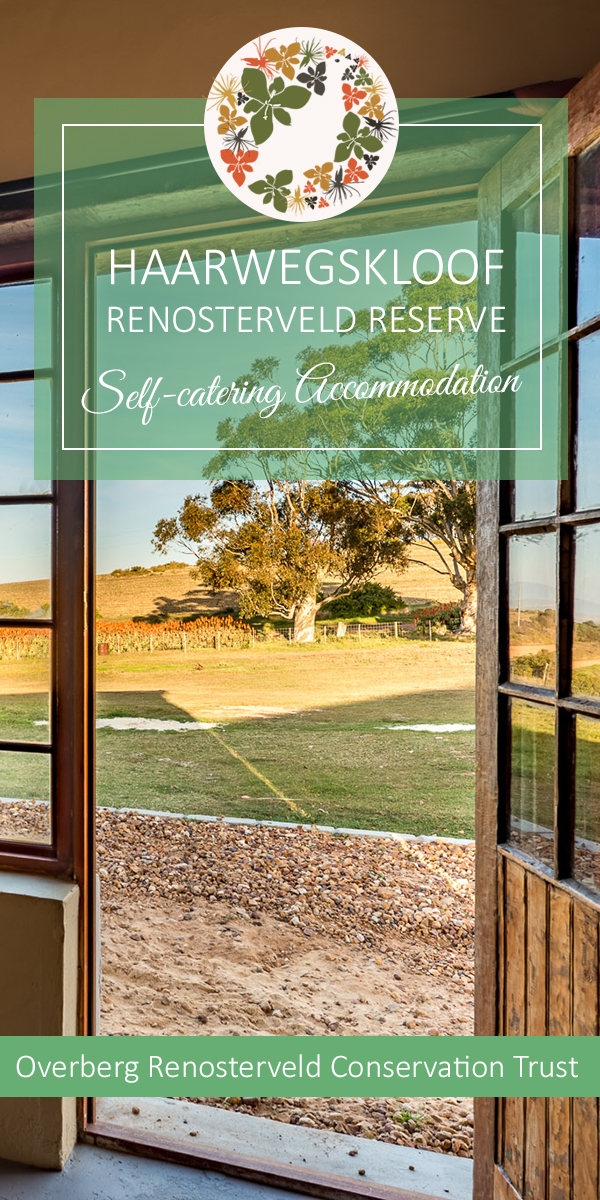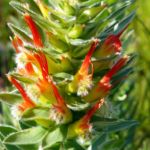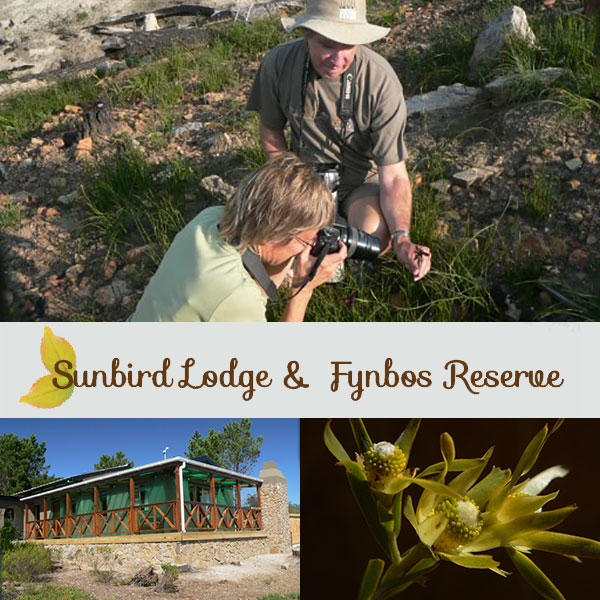
This blog comes from Cape Town, one of the world’s most beautiful cities at the south-western tip of the African continent.
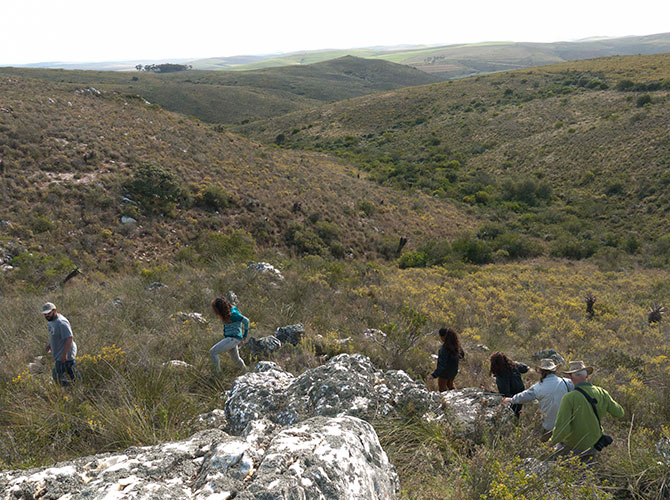
What is Renosterveld?
Renosterveld is also part of South Africa’s Fynbos Biome and the CFR. However, it is notably different from Fynbos vegetation in several ways. Firstly in contrast to fynbos it occurs on relatively fertile soils, predominantly derived from shales although can also occur on silcretes and other lithologies. Members of the three dominant plant families in fynbos: the Restionaceae, Proteaceae and Ericaceae are mainly absent and instead renosterveld is dominated by shrubs predominantly from the Asteraceae family as well as various C3 grasses and C4 grasses.
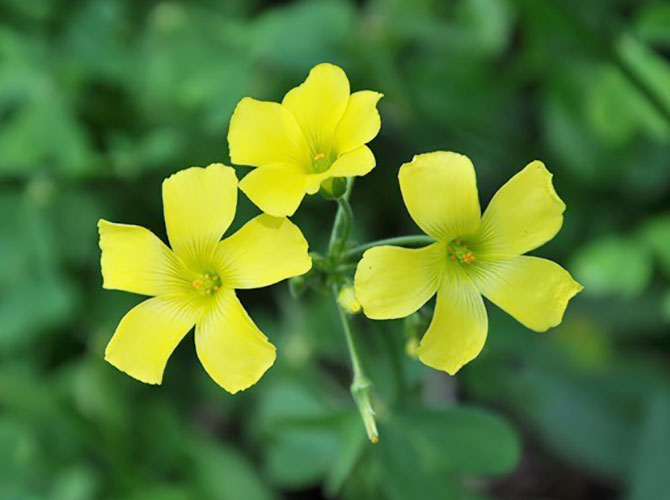
A Feast of Fynbos: The Kirstenbosch Annual Plant Fair
The Kirstenbosch Plant Fair is a long held tradition and this year heralds the 40th one held since its relatively humble beginnings. Dirk Muller, Chairman of the Kirstenbosch Branch of BotSoc, recalls attending the first plant fair in 1975 which saw eager members queuing up at 6:30am in the morning prior to the opening and by 11am every plant on sale had marched out the door in the hands of inspired and enthused growers.

Out of the ashes: Notes on the March 2015 Cape Town wildfire
In the Mother City the mountains are ablaze. It is late summer. Four days ago the fire started in Farmer Peck’s Valley adjacent to the seaside suburb of Muizenberg, known for its surf and sharks. Sitting here at home it is 42°C and the sound of helicopters are a constant background alongside the low hum of the city of Cape Town going about its daily business. The fire spread quickly and gained strength owing to strong southeaster winds typical of Cape summer weather grounding helicopter crews and leaving ground-based fire teams to fight the blaze.
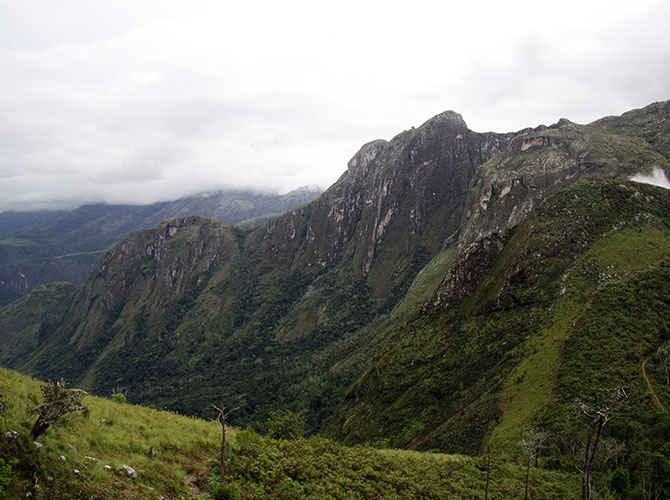
To Malawi in a Ford Fiesta
Sometimes living life on a student budget drives one to do things a little out of the ordinary in the name of travel and exploration. One of the university societies that has inspired and challenged me the most is the University of Cape Town’s Mountain and Ski Club. It is one of the largest mountain clubs in Africa, second only to the Cape Town branch of the MCSA. One of its core philosophies is to encourage and support its members in exploration of the diverse and exquisitely beautiful mountain ranges of the Southern African subcontinent.
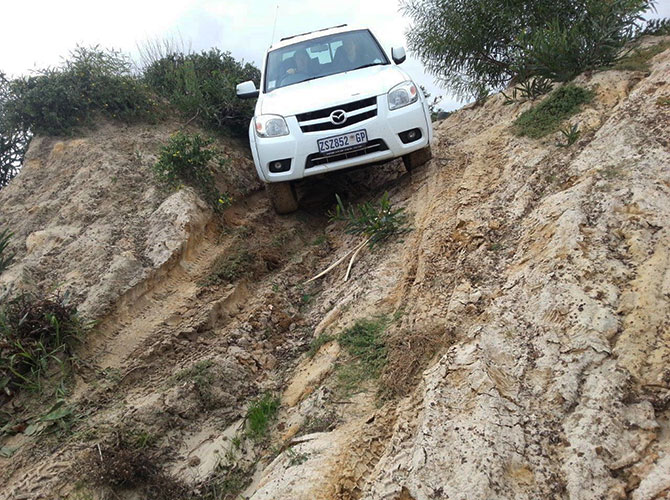
Learning the Art of the 4×4
“Ah no….it isn’t….it IS….catch it…quick! Before it disappears!”. Nothing like the sight of a tick trundling across the inside of the windscreen to bring a person sharply to their senses first thing in the morning. Clearly there was a small stowaway that got away after our research group’s bakkie’s latest field trip. With some highly professional multitasking my colleague dispatched our resident blood-sucking beastie and calm was restored once more. It was very early on a chilly Cape Town winter morning and we were heading north to the West Coast suburb of Melkbosstrand to do a 4×4 course.

A mushrooming we will go…..
Last weekend I went foraging in the forest for my dinner. Inspired by my adventure, this week we will be taking a leap from the Plant Kingdom to the far lesser-known but equally fascinating world of fungi. I was lucky enough to be one of the first participants in a new mushroom foraging course run by the Cape of Good Hope Nurseries. In the capable hands of Ismail Smith, local artist and mushroom hunter extraordinaire, we spent a wonderful and highly informative Sunday morning exploring among the pine trees of Tokai Plantation in Cape Town in search of edible mushrooms to fill our baskets and cooking pots.

Cape Town is situated on the rugged and mountainous Cape Peninsula, stretching from the iconic profile of Lions Head, Table Mountain and Devil’s Peak in the north to the Cape of Good Hope in the far south. Table Mountain was voted one of the new Seven Wonders of the natural world.
What makes the Cape Peninsula so special?
The Cape is characterised by a type of vegetation known as fynbos, a Mediterranean climate shrubland that is both fire prone and fire dependent. Fynbos is renowned for its phenomenal plant diversity with a total of more than 9,000 species of vascular plants in an area less than the size of Portugal. The Cape Peninsula has 2,285 plant species and Table Mountain alone has almost 1,500 species in just 57 square kilometres.
Find me on Instagram
Plant Information
Connect on Social
Connect on Facebook, Twitter and Instagram
Taking Action
There are many environmental organisations based in Cape Town and beyond that require the services of volunteers to undertake their work. So if you have a little time to spare please get involved.

